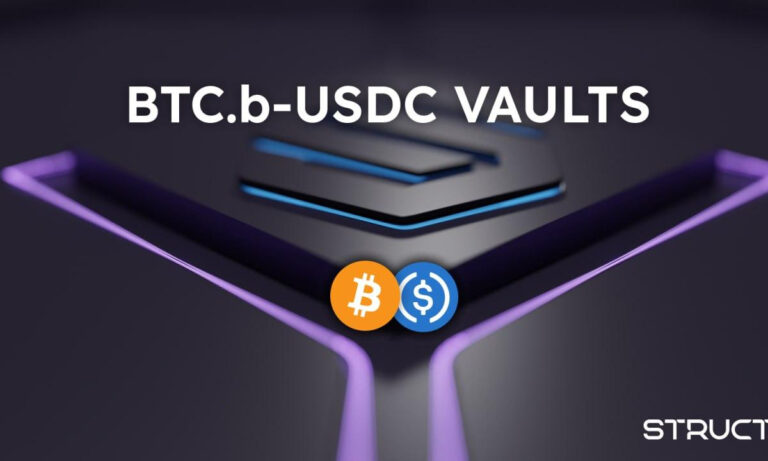Alameda Research Unveiled: Behind the Scenes of Massive USDT Minting

- Alameda Research’s significant role in USDT minting.
- Challenges in determining redemptions due to Tether’s offchain coordination.
In a recent disclosure, Conor Grogan, Director at Coinbase, shed light on Alameda Research’s substantial involvement in minting Tether (USDT) tokens. Detailed on-chain data analysis revealed that Alameda was responsible for the creation of a massive $39.55 billion worth of USDT, accounting for approximately 47% of Tether’s circulating supply as of October 10, 2023. This figure represents a significant increase from a prior estimate of $36.7 billion, showcasing the extent of Alameda’s influence on the stablecoin market.
Grogan’s revelation goes beyond mere statistics, delving into the intriguing dynamics at play. It was uncovered that the amount of minted USDT by Alameda Research surpassed the firm’s assets under management (AUM) during the peak of the cryptocurrency market. This information was gleaned from data submitted by Sam Bankman-Fried (SBF), founder of FTX and Alameda, to Forbes for their annual World’s Billionaires publication. This finding highlights the prominent role that Alameda Research plays in bolstering the circulating supply of USDT, a critical stablecoin in the crypto ecosystem.
The determination of USDT redemptions remains a complex task due to Tether’s unique offchain coordination for burns. Unlike other platforms, Tether lacks designated deposit addresses, leading entities to send funds directly to the treasury for redemptions. Grogan pointed out that, even if all USDT redemptions from FTX were attributed to Alameda, they would account for $3.9 billion USDT, with a significant portion taking place over two days in May during an event referred to as the Luna implosion.
Public Reactions and Further Inquiries
The public’s response to these findings has been mixed, with some individuals questioning the authenticity of deposits into Tether’s bank account compared to the minted USDT. Others have raised concerns about the methodology used by Grogan to discover additional wallets. In response, Grogan cited various sources, including public information, court filings, and bankruptcy consolidations wherein the FTX estate was given key control of the Alameda accounts.
Looking back to 2021, Sam Trabucco, the former CEO and crypto quant trader at Alameda Research, shared insights into USDT’s trading dynamics. He highlighted the volatility of USDT’s premium over other stablecoins like USDC, attributed to the complex creation and redemption process for USDT. Trabucco explained how firms like Alameda could leverage these price deviations to align USDT’s price closer to $1, particularly when it deviated from this peg.
The revelation of Alameda Research’s significant role in USDT minting offers valuable insights into the complex relationships between major crypto trading firms and stablecoin operations. Grogan’s findings shed light on the intricate dynamics of USDT’s minting and redemption processes, providing a deeper understanding of the mechanisms that maintain the stablecoin’s peg to the US dollar.














